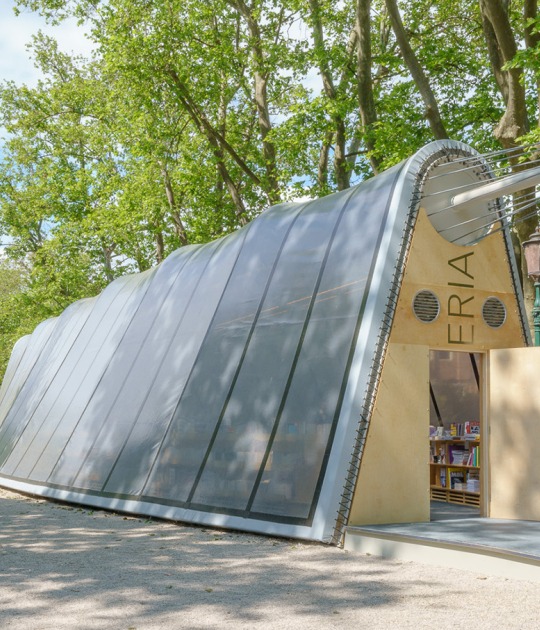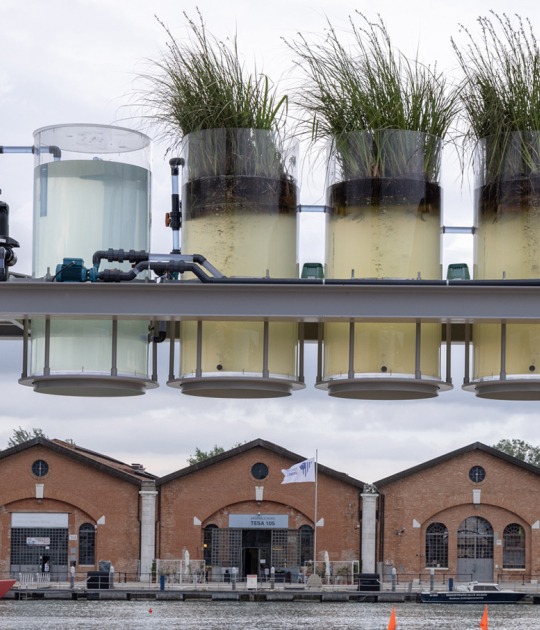Norman Foster is considered by many to be the most prominent architect in Britain. He won the 1999 Pritzker Architecture Prize and the 2009 Príncipe de Asturias de las Artes Prize.
Lord Foster rebuilt the Reichstag as a new German Parliament in Berlin and designed a contemporary Great Court for the British Museum. He linked St. Paul's Cathedral to the Tate Modern with the Millennium Bridge, a steel footbridge across the Thames. He designed the Hearst Corporation Building in Manhattan, at 57th Street and Eighth Avenue.
He was born in Manchester, England, in 1935. Among his firm’s many other projects are London’s City Hall, the Bilbao Metro in Spain, the Canary Wharf Underground Station in London and the renovated courtyard of the Smithsonian American Art Museum and National Portrait Gallery in Washington.
In the 1970s, Lord Foster was one of the most visible practitioners of high-tech architecture that fetishized machine culture. His triumphant 1986 Hong Kong and Shanghai bank building, conceived as a kit-of-parts plugged into a towering steel frame, was capitalism's answer to the populist Pompidou Center in Paris.
Nicolai Ouroussoff, The Times’s architecture critic, has written that although Lord Foster’s work has become sleeker and more predictable in recent years, his forms are always driven by an internal structural logic, and they treat their surroundings with a refreshing bluntness.
Awarded the Prince of Asturias of the Arts 2009.



























